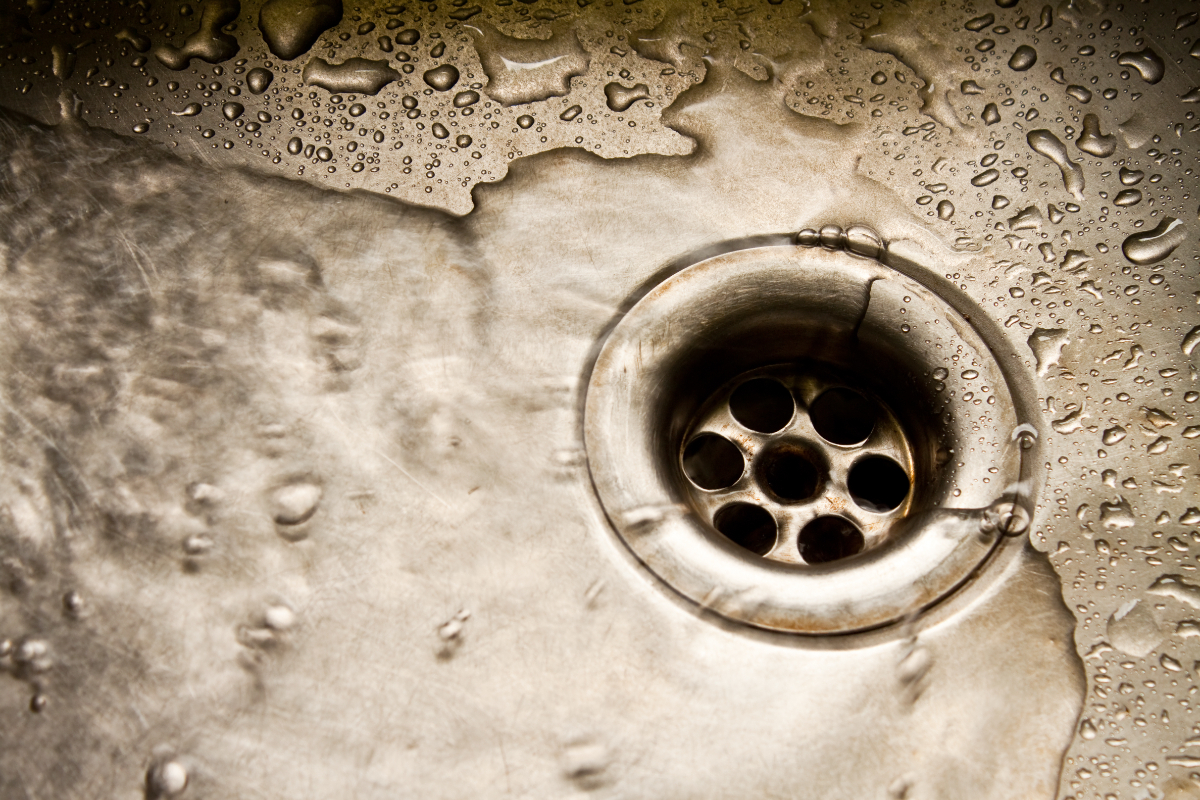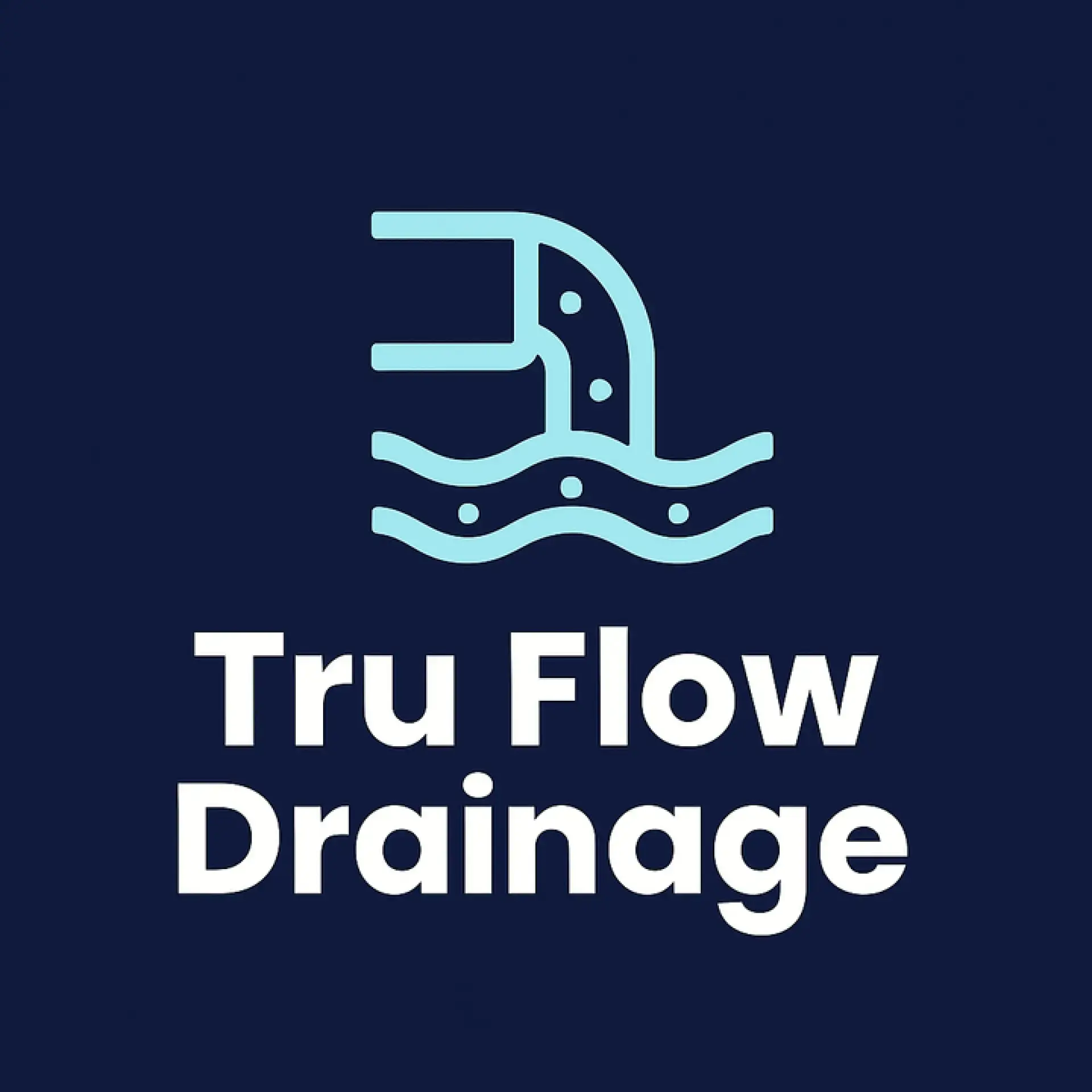Why Preventive Maintenance is Essential for Drainage Systems
Preventative maintenance is important for drainage systems, as it helps to always make sure your drains are functioning and efficient. Regular drain cleaning and inspections allow professionals to quickly identify sediment buildup, pipe corrosion, blockages, and tree root intrusion. If these problems are left unaddressed for too long, they can worsen and become damaging to your home or property.
By working hard to clear away debris, addressing the condition of your drains and pipework, or checking for leaks, plumbers can prevent costly repairs or even provide system replacements where necessary. This level of maintenance also reduces the risks of clogs, which cause water backups, flooding, health hazards, and property damage.
Well-maintained drainage systems don't often contribute to problems like water contamination or soil erosion. This helps make sure the environment and surrounding infrastructure are protected throughout your home. In the long term, preventative drainage maintenance helps expand the longevity of your system and reduces the need for costly repairs in the future.

Common Drainage Issues and Their Causes
Many homes and properties deal with numerous drainage issues over time. Some of the most common problems involve leaks, clogs, flooding, and slow drainage, which are caused by many factors. One of the greatest problems they face is clogging, and this can result from an accumulation of lots of dirt, tree roots, or leaves in the underground pipes.
Leaks can happen when pipes are cracked, ageing or there are faulty connections, making it difficult for water to escape and causing foundation damage or erosion to your system.
Another major issue to look out for is slow drainage, as this could show that your system is poorly designed and cannot effectively handle your home's water flow.
When your drains are overwhelmed by water flow or heavy rainfall, or if they are undersized for the property you're living in, flooding can happen. Poor installation, a lack of maintenance, and soil shifting can also exaggerate these problems and result in costly repairs or long-term damage if they are neglected.
Tools and Equipment for Drain Maintenance
The most effective drain and sewer maintenance usually calls for a number of specialised tools and equipment to get the job done! This ensures professionals can address any issues before they have the chance to worsen. Common tools involve augers, more casually known as drain snakes, which clear clogs by pulling out or breaking up pipe blockages. High-pressure water jetters are another useful tool many plumbers and engineers use to flush out sediment, grease, and debris from pipes and clean them thoroughly.
CCTV drain cameras are becoming a popular choice for inspecting the pipe's interior, and this allows professionals to accurately detect root intrusion, cracks, or other problems without needing to carry out an invasive excavation. Pipe locators help professionals pinpoint the particular location or site of underground drainage systems so that they can perform proper repairs with little to no disruptions.
For routine cleaning, many plumbers choose to use handheld tools and equipment like brushes and plungers, as these are more accessible and allow them to get into smaller spaces with ease. With the perfect combination of tools, frequent maintenance can help reduce and stop potential drain issues.

When to Call Professional Drainage Services
Some drainage issues can be quite easily fixed at home with DIY methods, especially if you have the tools at hand in your home; however, there are some more serious problems that need professional experience and cannot be resolved yourself.
If you're experiencing persistent, slow drainage, water backups, or frequent clogs, professionals typically encourage home and property owners to first try plungers or over-the-counter drain cleaners. Yet, if these don't work, this may be a sign of a deeper issue within your system, such as root intrusion or pipe damage. Foul odours or standing water in your yard can suggest your system is blocked, and this will require professional assistance.
The best time to contact a professional in the industry is when you feel the issue is too complex to tackle yourself or you're unsure of the location or cause of the problem. Plumbing professionals can provide accurate drainage system inspections using special equipment like CCTV cameras.
Other indicators that may call for professional attention involve a spike in your water bills without notice, flooding, and structural damage to your building due to excessive water buildup. Calling the pros can help you avoid further damage and preserve the long-term health of your system.
Key Components of a Drainage System
Drainage systems consist of many key components, all working together to prevent flooding or water damage and manage water flow. The main element is the drainage pipes, which carry the water used away from surfaces such as foundations, roofs, and roads to appropriate disposal places.
Drain inlets or catch basins are positioned lower to collect any surface water or debris before it can enter the pipes. Manholes allow for access to the underground system during inspections, repairs, and further cleaning.
A few systems have culverts that allow water to flow freely under roads or other structures, while sewer systems can carry wastewater and stormwater. Filter fabrics and grates are placed inside or over the drains to stop any debris from entering. Each of these components is needed to make sure the removal of water from your property is safe and efficient, protecting its structure and the surrounding areas.
If you need drainage maintenance services, get in touch with our professionals. Tru Flow Drainage can keep your drains clean and clear.


